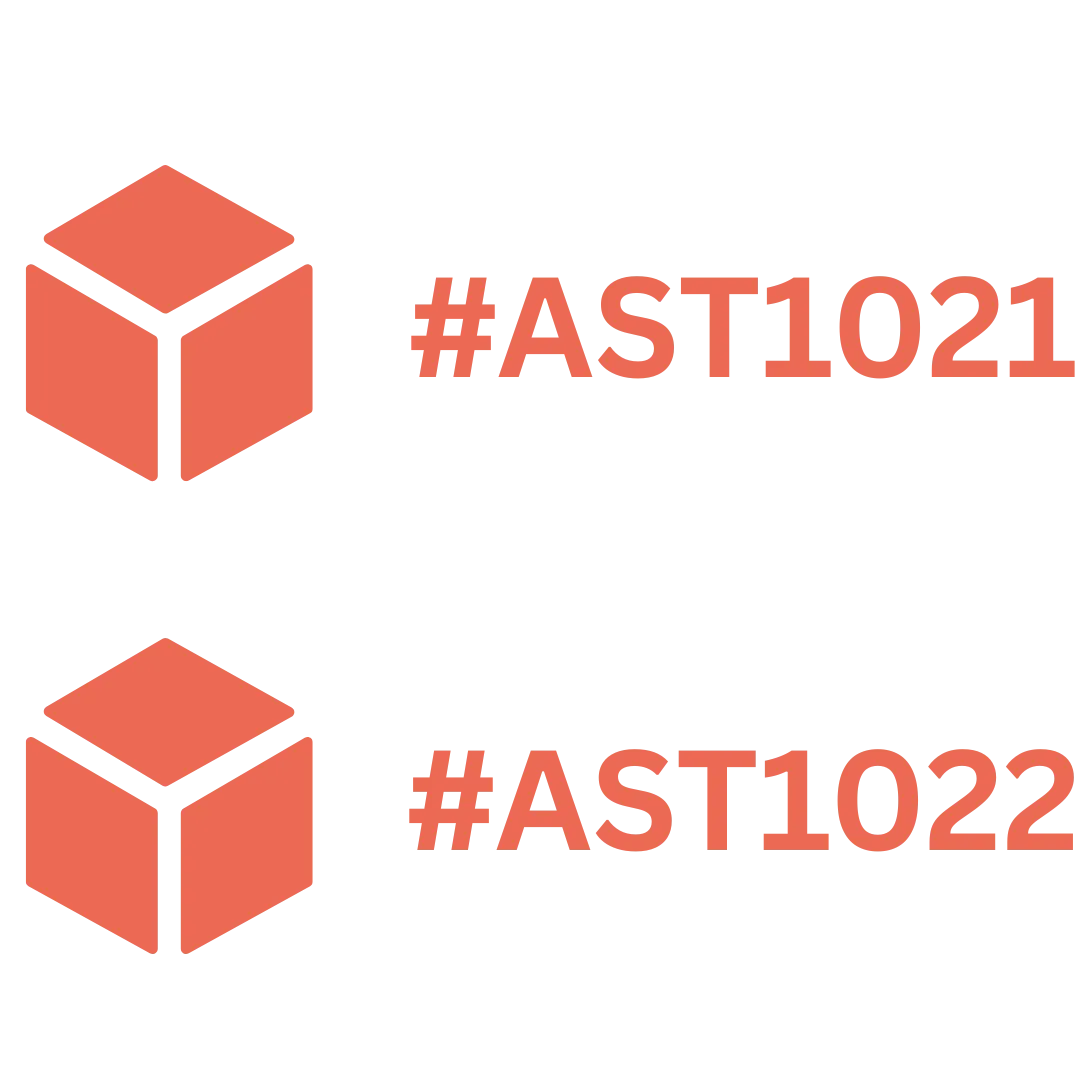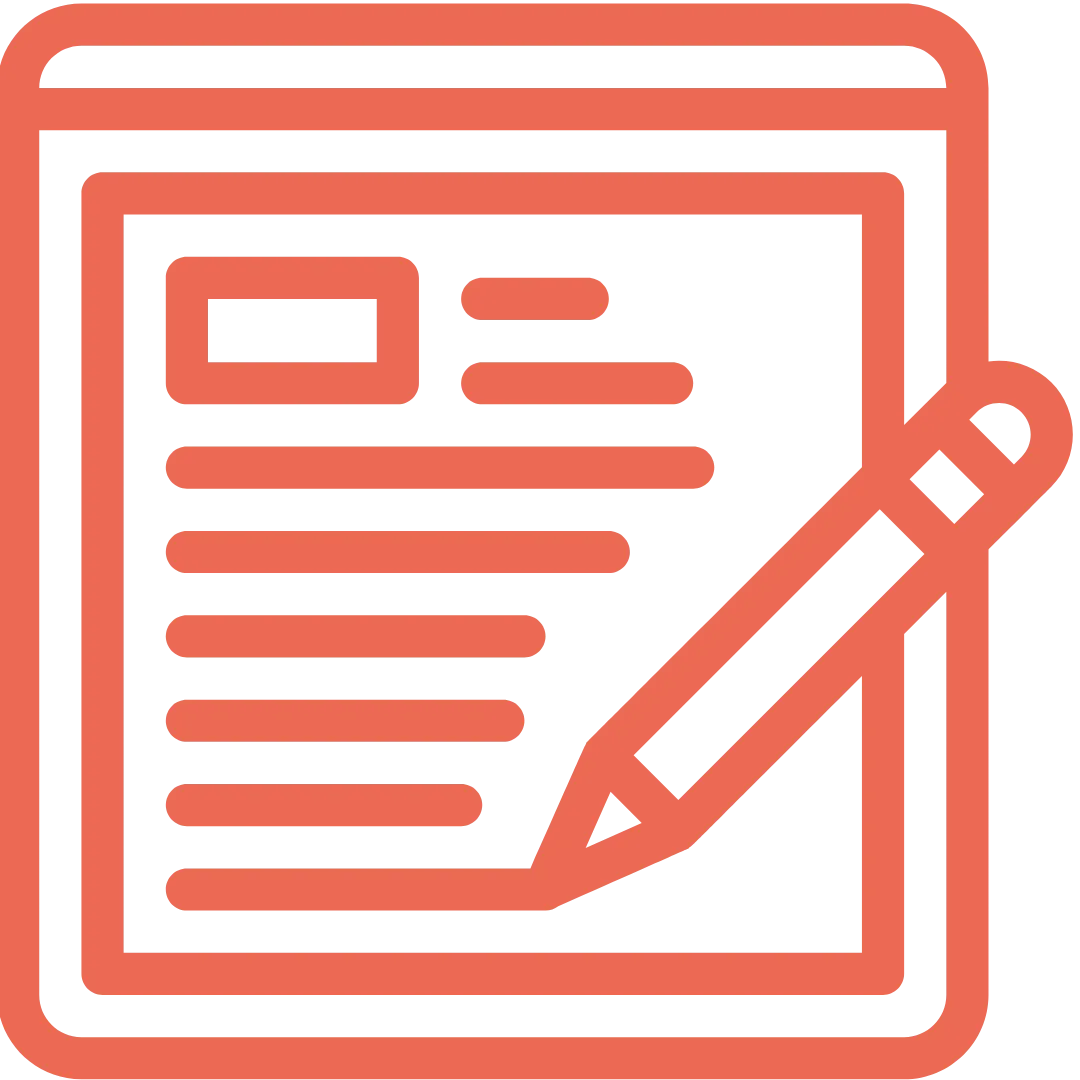Welcome to our blog on Enterprise Asset Management (EAM) vs. Asset Performance Management (APM). In today’s fast-paced business world, asset management has become a critical component for companies looking to remain competitive. With the growing complexity of modern assets, it’s essential for organizations to have effective strategies in place to manage their assets and maximize their value. Two popular approaches that have emerged are EAM and APM. While the terms are often used interchangeably, they represent different approaches to asset management that can have a significant impact on a company’s bottom line.
In this blog, we’ll explore the differences between EAM and APM and the benefits and drawbacks of each. Whether you’re a small business owner or an executive at a large corporation, understanding the differences between these two approaches can help you make more informed decision making about how to manage your assets and optimize their performance.
What is EAM?
Enterprise Asset Management (EAM) is a comprehensive approach to managing an organization’s assets throughout their entire lifecycle, from acquisition to disposal. This includes tracking asset performance, managing maintenance and repairs, and ensuring compliance with regulations and standards. EAM software solutions, often referred to as an eam system, provide companies with tools to manage their organization's assets and associated data, including maintenance schedules, warranty information, and repair history. The goal of EAM is to improve asset performance, reduce costs associated with maintenance and repairs, and extend the useful life of assets. By providing a complete view of an organization’s assets and enabling proactive maintenance and repairs, EAM can help companies make informed decisions about asset investments and manage risks associated with asset failures.
Asset performance management solutions can also be used alongside EAM to further optimize the operation and longevity of an organization's assets.
Suggested Read:Ultimate Guide About Enterprise Asset Performance Management
What is Asset Performance Management Software?
Asset Performance Management (APM) software is a solution that leverages data and analytics to monitor asset performance and asset condition, and optimize maintenance and repair activities. APM software collects real-time data from sensors and other sources and uses predictive analytics to identify potential issues before they occur and address issues proactively. By detecting problems early, APM can help organizations avoid costly downtime and ensure that assets are performing at their peak. The goal of APM is to maximize asset performance, providing insights into asset usage and performance, enabling companies to make data-driven decisions about asset investments and optimize asset utilization.
APM solutions are typically used in industries where assets are critical to operations and downtime, especially unscheduled downtime, can have significant consequences, such as manufacturing, energy, and transportation. APM software can help companies improve overall asset performance, reduce maintenance and repair costs, and extend the useful life of assets. By leveraging real-time data and analytics, APM enables organizations to make informed decisions about their assets and take action to prevent problems before they occur. While APM is a powerful tool for improving asset performance, it is important to note that it is not a replacement for EAM. The two approaches work in tandem to provide a comprehensive view of asset management, with EAM providing a broader view of asset management throughout their entire lifecycle and APM focusing specifically on optimizing asset performance.
What is the difference between EAM and APM?
Enterprise Asset Management (EAM)
- A comprehensive approach to asset management that covers the entire asset lifecycle, from acquisition to disposal
- Focuses on managing the maintenance and repair of assets to ensure their longevity and optimize their performance
- Provides a complete view of an organization's assets and enables proactive maintenance and repairs
- Helps organizations make informed decisions about asset investments and manage risks associated with asset failures
- Primarily used in industries where assets are critical to operations, such as manufacturing, energy, and transportation
Asset Performance Management (APM)
- A software solution that leverages data and analytics to monitor asset performance, improve asset reliability, and optimize maintenance and repair activities by preventing equipment failure and unplanned maintenance.
- Focuses on optimizing asset performance, achieving peak performance, and identifying potential issues before they occur, using real-time data and predictive analytics to reduce waste.
- Provides insights into asset usage and performance to enable data-driven decisions about asset investments and utilization.
- Primarily used in industries where assets are critical to operations and downtime can have significant consequences, such as manufacturing, energy, and transportation.
- Works in tandem with EAM to provide a comprehensive view of asset management, with EAM providing a broader view of asset management throughout their entire lifecycle and APM focusing specifically on optimizing asset performance.
Importance of EAM and APM
Asset Performance Management (APM) and Enterprise Asset Management (EAM) are foundational to achieving optimal asset performance and maximizing the value of an organization’s assets. EAM provides a structured approach to managing assets across their entire lifecycle, ensuring that every stage—from acquisition to maintenance and eventual disposal—is handled efficiently. This comprehensive oversight helps organizations maintain asset availability and reduce maintenance costs, supporting long-term sustainability goals.
On the other hand, APM focuses on maximizing asset performance and reliability by proactively monitoring asset health and intervening before issues escalate. By integrating both EAM and APM, companies can enhance operational performance, make informed decisions, and ensure their enterprise assets are always performing at their best. This dual approach not only helps organizations remain competitive in their industries but also supports effective performance management and resource allocation. Ultimately, leveraging both strategies enables businesses to optimize asset management, improve asset performance, and achieve their broader business and sustainability objectives.
Implementation and Optimization
Successfully implementing and optimizing EAM and APM begins with a clear understanding of your organization’s critical assets and current asset management processes. Start by conducting a thorough assessment to identify which assets are most vital to your operations and where existing gaps may exist. Establishing a robust asset strategy is essential, as it guides the collection and analysis of asset data, including performance metrics, maintenance history, and records of equipment failures.
Utilizing advanced analytics and machine learning, organizations can transform raw asset data into actionable insights, predicting potential failures and enabling proactive maintenance. This approach helps reduce unplanned downtime and supports reliability centered maintenance, ensuring that maintenance activities are both necessary and cost-effective. By continuously collecting data and refining maintenance strategies, companies can lower maintenance costs, avoid unnecessary maintenance, and make informed decisions that drive optimal asset performance. Ongoing monitoring and analysis are key to identifying opportunities for improvement and ensuring that asset management processes evolve alongside business needs.
Measuring Success
To ensure that EAM and APM initiatives deliver the desired results, organizations must establish clear metrics for success. Tracking key performance indicators such as asset uptime, maintenance costs, and asset reliability provides valuable insights into the effectiveness of asset management strategies. Real-time monitoring of asset health, performance, and condition allows for immediate attention to emerging issues, minimizing the risk of unplanned downtime and costly repairs.
Advanced analytics can be used to benchmark asset performance against industry standards, highlighting areas where improvements can be made. Regular risk assessments and reviews of maintenance plans help align asset management practices with overall business operations and sustainability goals. By consistently measuring and analyzing these factors, organizations can ensure they are achieving optimal asset performance, maximizing return on investment, and supporting long-term business growth.
Best Practices
Adopting best practices in EAM and APM is essential for driving continuous improvement and achieving greater efficiency. Organizations should develop a comprehensive asset management strategy that leverages the latest technologies, such as machine learning and predictive maintenance, to anticipate and prevent equipment failures. Continuous monitoring and analysis of asset performance enable companies to execute maintenance work more effectively, reducing unplanned downtime and unnecessary maintenance.
Embracing digital transformation can streamline work processes, improve quality, and enhance overall asset performance. It’s also important to foster collaboration among all stakeholders, ensuring that maintenance teams and operations personnel are aligned with asset management goals. Regular training and knowledge sharing empower employees to manage assets more effectively, supporting a culture of continuous improvement and operational excellence.
Common Challenges
Implementing EAM and APM is not without its challenges. Organizations often encounter issues related to data quality, lack of standardization, and limited resources. Integrating new technologies with existing systems can be complex, and changing established work processes or organizational culture may meet resistance. Defining a clear asset strategy that balances the needs of various stakeholders, including maintenance and operations teams, can also be difficult.
To overcome these obstacles, it’s crucial to build a strong business case for EAM and APM, secure executive support, and invest in regular training and support for employees. Addressing data quality and standardization issues early on will help ensure reliable performance insights. By embracing new technologies and continuously refining work processes, organizations can avoid the pitfalls of ineffective asset management, achieve optimal asset performance, reduce maintenance costs, and maximize the value of their asset management investments.
Importance of EAM and AMP
Both EAM and APM are important approaches to managing assets, and organizations may find that they need to use both to fully optimize their asset management practices. EAM is critical for managing the complete lifecycle of an asset, from acquisition to disposal, and ensuring that assets are maintained and repaired to optimize their performance and extend their useful life. APM, on the other hand, focuses specifically on optimizing asset performance and preventing potential issues before they occur, using real-time data and predictive analytics. By leveraging both EAM and APM, organizations can achieve a comprehensive view of their assets and make data-driven decisions about maintenance, repairs, and investments. Ultimately, the decision about whether to use EAM, APM, or both depends on the specific needs and goals of the organization, as well as the industry in which it operates. By evaluating their asset management practices and goals, organizations can determine which approach or combination of approaches is best suited to their needs.
Conclusion
In conclusion, both Enterprise Asset Management (EAM) and Asset Performance Management (APM) are essential for optimizing asset management practices in today's fast-paced business environment. While EAM provides a complete view of an organization's assets and enables proactive maintenance and repairs, APM leverages data and analytics to monitor asset performance and optimize maintenance activities in real-time. Together, they provide a comprehensive approach to managing assets that enables organizations to make data-driven decisions about maintenance, repairs, and investments. At Asset Infinity, we provide a leading-edge asset management software solution that integrates both EAM and APM functionalities to enable organizations to achieve comprehensive asset management across the entire lifecycle of their assets. By leveraging our software, organizations can optimize asset performance, extend asset life, reduce maintenance costs, and mitigate risks associated with asset failure. Contact us today to learn more about our and how it can help your organization achieve its asset management goals.

















































.webp)
.webp)
.webp)
.webp)
.webp)
.webp)
.webp)
.webp)
.webp)

.svg)




.webp)
.webp)











































.png)
.png)



.webp)



















